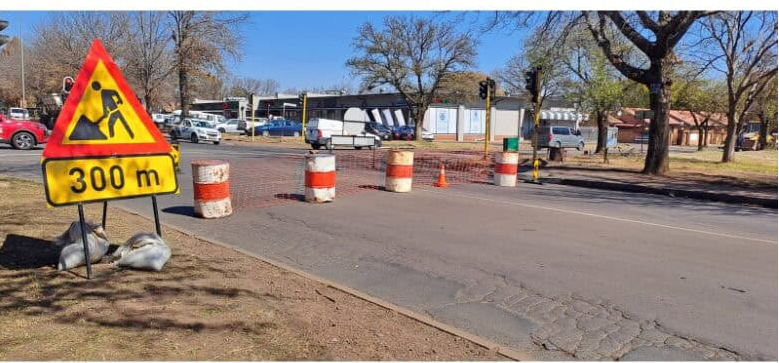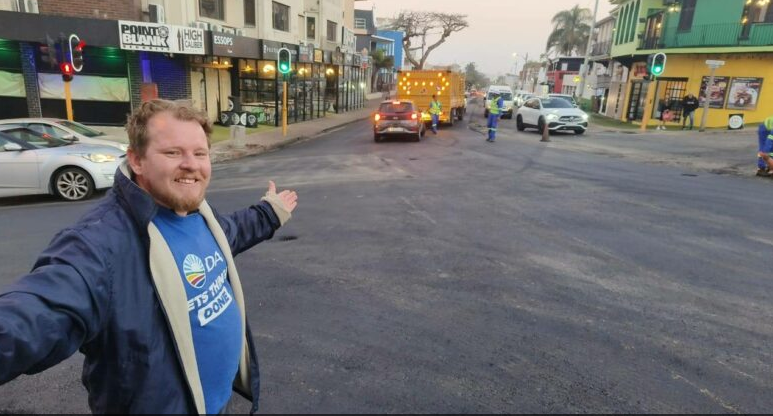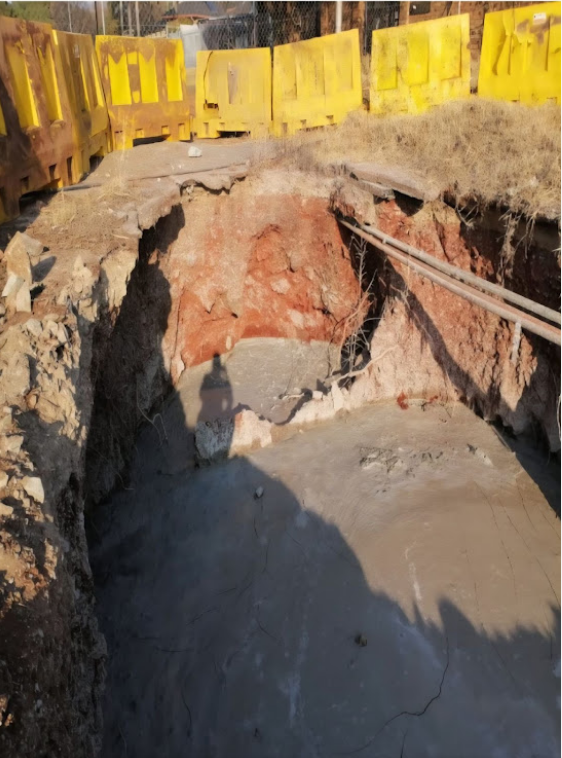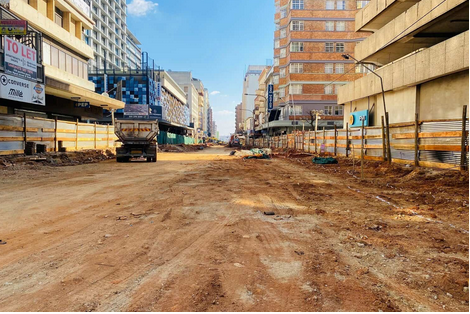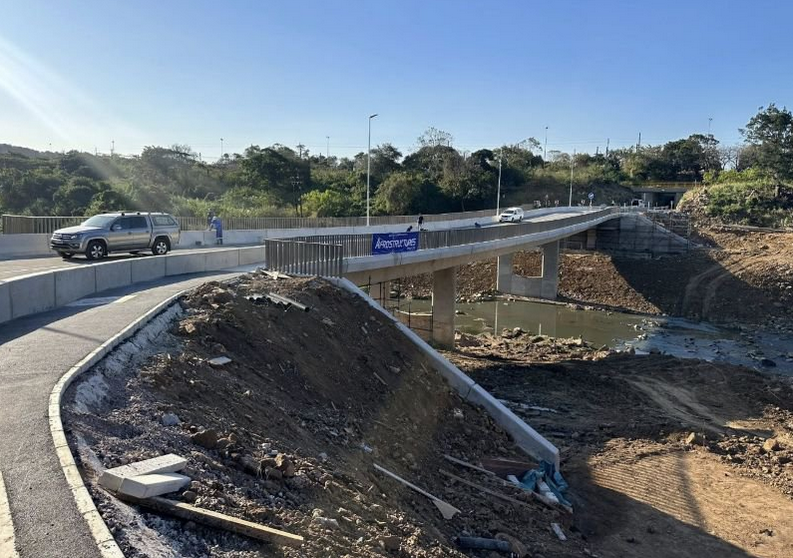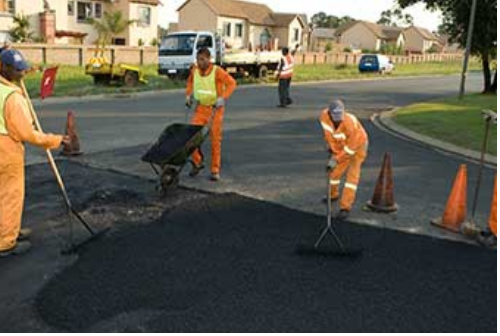Development controls to slow pace of Etekwini residential development

Advertising
26-07-2004
Read : 28 times
Rodney Hayter
home and land owners in durban’s "outer west" area wanting to sub-divide their properties, are going to have to dig deeper into their pockets in order to pay "contributions" of r10 000 per sub-division to the ethekwini municipality for the privilege, says alex ross, mortgage origination manager for bond choice homeloans in kwazulu-natal.
the decision is an extension of one announced earlier this year as part of the ethekwini’s municipality's plan to control development in the outer west, and was originally applicable to developers only, compelling them to pay a development contribution of r10 000 per residential unit. now the application has been extended to conventional sub-divisions, according to ethekwini municipality's john forbes, manager of planning and development, who says the decisions flow out of the outer west strategic planning framework plan
as presented to the public on 14 february 2004 by the city manager, mike sutcliffe.
“it's the council's intention to modify the consolidated outer west town planning scheme by increasing the minimum sub-divisional size to 2 000 square metres where the current minimum erf size is less than this and where sewage disposal is by septic tank, soakpit or evapo-transpiration. “
in a letter signed by soobs moonsammy, head of development, planning and development for the ethekwini municipality, she explained that as a result of the large number of additional applications having been received in the hillcrest office since the moratorium on residential development was implemented last year, demands on the local infrastructure have intensified. "... it has been determined that the continued exercise of existing zoned development rights may not be sustained, despite proposed infrastructure upgrades, without eventual infrastructure overload," she said. hence, she continued, a decision being taken as of 1 june 2004 to charge a contribution fee for all conventional subdivisions.
according to ross, many homeowners in the area are unaware of the impending additional costs, which would effectively almost double people's financial outlay when subdividing a property.
and the extra cost factor is not only the new stumbling block for consumers wanting to sell off some of their land. as from 1 june 2004, the minimum size of subdivisions in the area has been restricted to
2 000 square metres, a decision that prompted a spate of applications from homeowners desperate to beat the deadline. again, a large portion of the public was unaware of the decision, said ross, adding that it was likely to impact negatively on future property stock levels in the area.
according to a pinetown land surveyor, only true acre properties (4 047 square metres) can now be subdivided and no longer “kloof acre" properties, which were traditionally laid out at 40 000 square feet (3 716 square metres) in extent.
"this means that kloof residents will not be able to do so since they won't meet the minimum size restrictions," he said. he added that the council's decision to restrict the density of all new medium density housing schemes to a maximum of no more than two units per hectare had come as a surprise to him and to property developers alike. "the legality of this new policy may well have to be challenged in the courts," he said, although the average property owner would simply not be able to afford this process.
Recent News
Here are recent news articles from the Building and Construction Industry.
Have you signed up for your free copy yet?
